Concept
Nowadays and with the explosion of social networks* the behavior of Internet users has changed. The takers and influencers are acclaimed and the "digital word of mouth" makes or breaks the reputation of a brand, a company or an event.
One can then legitimately ask the question of having one's own website or is it better to rely on these new behaviors. Especially as depending on the type of site, the budget can vary from 1 to 100. Wdo Studio has chosen to make a mix of these two approaches.
The idea is to allow anyone to create a real digital version of a document, flyer or page and use social networks to relay it. Whether it is a presentation of institutional form, a product sheet, an event poster,... its digital version will enrich it.
Our customers can create as many digital pages as they wish for a few days, weeks, months or years. By clicking here, you will see different examples of digital documents. Of course the designer at any time to change its content and eventually it will disappear automatically.
*Some figures: Facebook (2 billion active users per month (June 2017)), YouTube (1.5 billion active users per month on Youtube (June 2017)), WhatsApp (1.2 billion active users per month (February 2017)), Instagram (700 million monthly active users on Instagram (April 2017)), Google (359 million monthly active users on Google (May 2013)), Twitter (328 million active users per month (April 2017)).
Tools
We have developed a library of modules and functions to quickly offer:
- Automated postage on social networks (Twitter, Google, Facebook, ...)
- Generation of QR-Codes (games, articles, ...) or "pdf" file (invoices, weekly, ...) on the fly
- Downloading media (photos, videos, files, ...)
- Automated image processing (smoothing, resizing, filtering and timestamping)
- Automated tasks by "CronTab" (cleaning of database and spaces, backups, editions ...)
Specific ones
If standardization is required in 90% of cases, we can study projects or customized modules.
Social Network
The term "social media" is increasingly used and tends to replace the term Web 2.0 and covers the various activities that integrate technology, social interaction, and content creation. Through these means of social communication, individuals or groups of individuals form a social network, collaborate, create web content together, organize content, index, modify or comment on it, combine it with personal creations.
That's why we regularly offer to create and configure the main social networks such as Twitter, Google+, Facebook, ... And especially to create a direct link between them and the document, flyer or digital page.
Web Design
Web design requires various skills: in programming, ergonomics and interactivity, as well as a good knowledge of the technical constraints related to this field: diversity of terminals (Pc, Smartphone, Tablet or Smart-TV) and their displays, accessibility, specificities of the different languages and processes, portability, compliance with recommendations (eg W3C).
First, we present a functional model with its technical specifications: ergonomics, graphic charter, visual identity, marketing, interactivity.
We recommend a simple dynamic page based on scrollPage technology in HTML format including images and links to other content and enriched with CSS Responsive and features to make it interactive with services programmed in PHP, JavaScript, and Ajax.
Mvdo
We participate in the development of "local trade".
Better known by the acronym Mvdo, this site is designed as an application. Visit Mvdo
Context of the mission: Find a cost-effective solution to allow bakers to communicate better on the net.
Main Mission: Develop a contact management system (merchants, stores, users and partners), media (photos, video, documents and sounds), products and reservations, as well as alerts (by notification). Develop modules such as registration (merchant and user), geolocation merchants, automatic post on social networks, creation on the fly of QR-Codes (games or links), PDF, direct mail to registered customers , cron tasks ...
Achievements: A complete solution offering the trader
- An online showcase on the Internet,
- Media galleries (photos, videos, documents, music ...),
- Products offered for online booking, Automatic communication on Facebook, Twitter, Google+, Flux Rss ...,
- Smart-TV communication connected in store,
- Commercial tools (QR-Games, QR-Codes, business cards, ...),
- Access to the partner's media (photos, videos, music, flyers, brochures and other PDFs),
- Automation of exchanges (automatic generation of notifications, emails and mailings).
Results: Creation of a social network of traders open to bakers, pizzerias, wine merchants and florists.
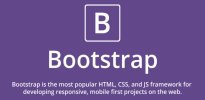
Designed for everyone, everywhere.
Bootstrap makes front-end web development faster and easier. It's made for folks of all skill levels, devices of all shapes, and projects of all sizes.
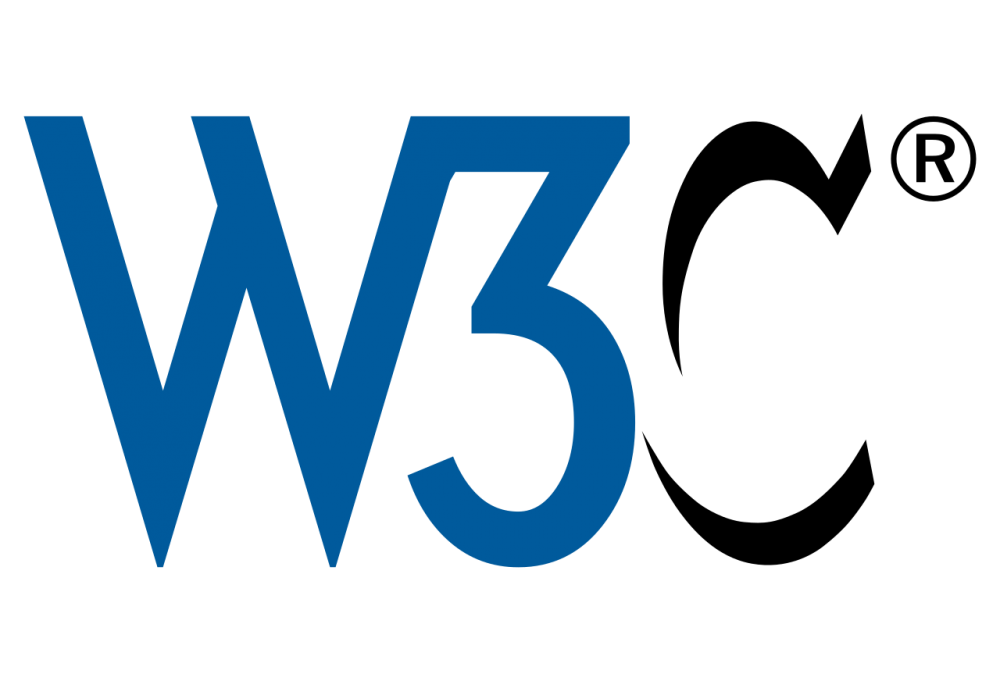
The World Wide Web Consortium, abbreviated as W3C, is a non-profit standardization organization, founded in October 1994 by Tim Berners-Lee after leaving CERN in October 1994. It promotes the compatibility of Net technologies such as HTML5, HTML, XHTML, XML, RDF, SPARQL, CSS, XSL, PNG, SVG and SOAP. The leitmotiv of W3C is "One web everywhere and for all".

jQuery is a free and multi-platform JavaScript library created to facilitate client-side scripting in the HTML code of web2 pages. The first version is launched in January 2006 by John Resig.
Since its creation in 2006 and especially because of the increasing complexity of Web interfaces, jQuery has been a huge success with web developers and its learning is today one of the fundamentals of training in Web technologies. It is currently the most used front-end framework in the world (more than half of the online websites include jQuery).
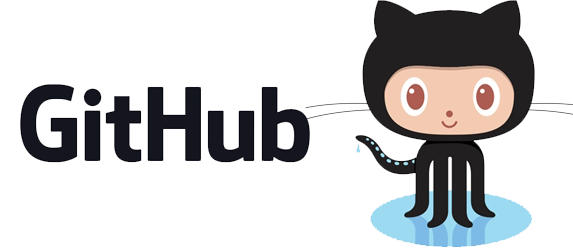
GitHub is a web hosting and software development management service, using Git versioning software. This site is developed in Ruby on Rails and Erlang by Chris Wanstrath, PJ Hyett and Tom Preston-Werner.
In April 2016, GitHub announced it has surpassed 14 million users and more than 35 million project repositories placing it as the world's largest source code host.
The name GitHub is composed of the word "git" referring to an open-source version control system and the word "hub" referring to the social network built around the Git system.
Octocat is the mascot of the brand. Designed in a Manga style, it has legs of cephalopod tentacles instead.
Contact us
If you want us to contact you, leave us a message with your contact details and especially a day and an hour so that we can call you back.
Opening hours
Monday from 09:00 to 12:00 and from 14:00 to 18:00,
Tuesday from 09:00 to 12:00 and from 14:00 to 18:00,
Wednesday from 09:00 to 12:00 and from 14:00 to 18:00,
Thursday from 09:00 to 12:00 and from 14:00 to 18:00,
Friday from 09:00 to 12:00 and from 14:00 to 18:00,
Saturday closed,
Sunday closed.
Contact information
Wdo Studio
10 rue de la Gar2 - 62840 Laventie0972 276 2234
https://www.wdostudio.com/
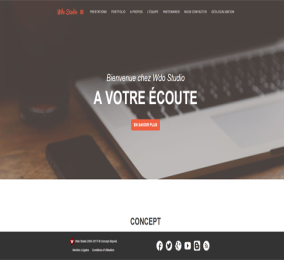


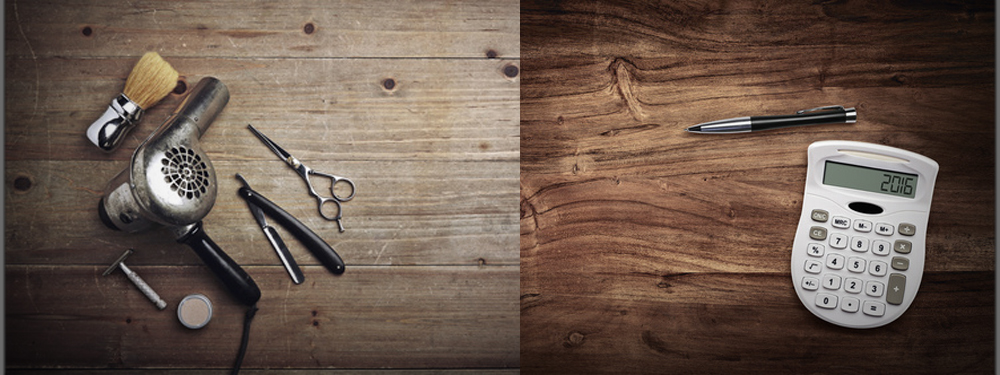


 Wdo Studio 2004-2026 © Wdo-Communication concept déposé.
Wdo Studio 2004-2026 © Wdo-Communication concept déposé. 